

drag badge here
Judicator
gamer level 3
1090 xp
1090 xp
followers
6
6
Use my invite URL to register (this will give me kudos)
https://boardgaming.com/register/?invited_by=judicator82
profile badges




recent achievements

Advanced Grader
Grade 100 more reviews or tips by clicking "Yes" or "No" in response to the question "Was this helpful?"
Grade 100 more reviews or tips by clicking "Yes" or "No" in response to the question "Was this helpful?"

Sophomore
Earn Professor XP to level up by completing Professor Quests!
Earn Professor XP to level up by completing Professor Quests!

Amateur Reviewer
Review 3 games and receive a total of 40 positive review ratings.
Review 3 games and receive a total of 40 positive review ratings.

Supporter
Give 10 hearts (loyalty points) to a single game
Give 10 hearts (loyalty points) to a single game







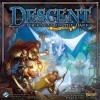







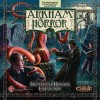
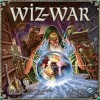

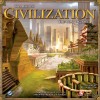
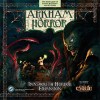




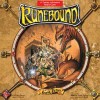
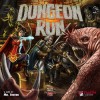



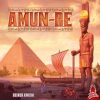

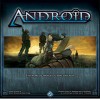

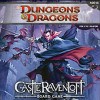
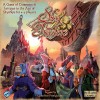

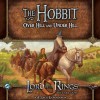
















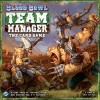







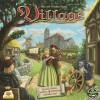



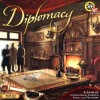

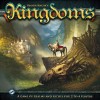

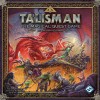
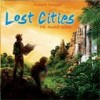
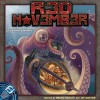




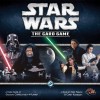




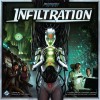






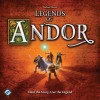









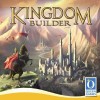

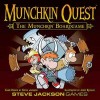
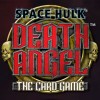

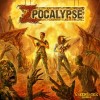

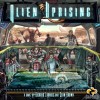


Sentinels of the Multiverse
Sentinels of the Multiverse is an excellent card-driven game. Each player takes the role of a non-licensed superhero through a specific deck of cards. A villain is chosen, also played through a specific deck of cards. Finally, an environment in which the epic battle takes place is chosen, also played through a specific deck.
Game play is actually quick and fairly simple. The Villain deck cycles and bad guys attack. The heroes get to draw a card, play a card, and use a power. Finally, the Environment deck cycles and effects occur.
The devil, as they say, is in the details. The interaction between the Villain effects, Hero powers, and environment cards is where a fair amount of book-keeping is required.
The goal is to get the Villain down to zero hit points before all of the heroes fall in battle.
I suppose that given enough time, the game could be mathed-out and “solved”, but the puzzle-like nature of the game is dwarfed by the evocative and well-drawn artwork. The game was practically created to have expansions, as all you have to do is add decks of Heroes, Villains, and Environments.
What Brings This Game to the Table?
The hero decks do not change, so it is fairly easy to hand a new player a deck of cards and briefly describe the feel of that particular hero.
Knowledgeable players will be able to pick the decks to give to which players, and which villains and environments to face.
Play occurs fairly quickly, and everyone gets involved. There is a sense of helping each other out, and trying to cover for each other’s weaknesses.
Victory! Good Sentinel games come down to the wire, with most heroes only having a few hit points left, and wins are exciting.
What makes people *not* want to see this game again?
Playing the *wrong* hero. There are a few heroes (like Visionary) that simply aren’t going to appeal to most players. For first time players, go with heavy hitters.
There is a chance, as in most co-ops for “alpha player” syndrome; that is, one player impressing their decisions on other players. Let them do their own thing!
Picking too hard of a villain. If playing with new players, don’t go foe the hardest villain in the box.
Should I Buy the Expansions?
There is a lot of game in the initial box. If you get at least 20-30 plays out of it and still want more, I would definitely consider purchasing an expansion. Each expansion adds exactly what you would expect: more heroes, more villains, more environments. The sets go in and out of print and are fairly cheap, start from the first and go from there.